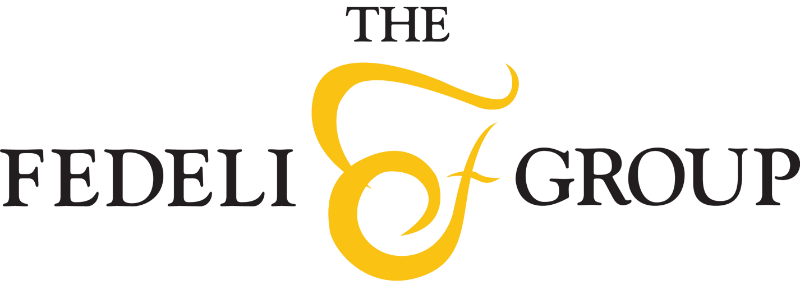
September 21, 2021
Improving Your Investment Process
Investing requires a solid understanding of economics, business and human nature. Essentially there are two main parts to investing: 1. The Science Side (economics, business, finance) and 2. The Human-Nature Side (understanding our biases, controlling our emotions, understanding politics and having good understanding of human nature).
I am certainly not an expert on every business or every aspect of investments or life. However, as part of my commitment to lifelong learning, over time I have worked on significantly growing my investment knowledge by reading, studying, following great investors and research. I would like to share some of the lessons I’ve learned to perhaps help others.
Many of these lessons were learned while creating a more formal process, as opposed to my historical intuition-based style. It surely wasn’t easy, but developing a more focused investment process, creating a list of criteria and factors, and implementing a more rigorous and disciplined process has resulted in less mistakes and better performance. We back tested over 450 of our individual public equity selections over a dozen or so years to see where our common mistakes were by categories. We studied what we did wrong, what we did right and why. We looked for common factors in areas we consistently outperformed. Over 90% of my mistakes were in a few general areas.
We now have watchlists by categories with over 300 companies. We also follow nearly 100 13Fs from some of the most successful investors that we respect, and we read analyst reports from several different sources.
I start with what I call a first look, where if something catches my eye, we take a quick look to see if we like it on the surface. If it passes the first look, we then move to a second look where we read various articles, reports and company presentations, with the intention of determining if it is a high-quality business with a sustainable competitive advantage, trades at an attractive valuation and can achieve strong growth. If we like what we see, we do a deep dive and read as many articles and reports as we can, listen to past earnings conference calls and read company annual reports in depth. This simple process has been extremely beneficial. It has not only helped me avoid many mistakes that I had made in the past, but made me a better, more knowledgeable and disciplined investor.
Through this method, we have identified the following practices and strategies that have allowed us to reduce risk and have better outcomes. We believe the best risk management is done at the individual stock level. Not losing money, or losing as little as possible, this is the real meaning of managing risk.
- Creating a Watch List: The monitoring of potential investments is a necessary tool to help plan for future moves. This allows you to be better prepared to take advantage of your reading and research, so you don’t lose track of potential opportunities.
- Creating a Check List: or some sort of qualitative criteria or factors. Everyone’s criteria can be different but ultimately it comes down to quality, value and growth. This provides a more disciplined approach to investing.
- Do your “Who Diligence”. WHO are you investing in?
- Does the company have growth and is that growth durable?
- Does the business have sustainable durable competitive advantages?
During our research, we have identified three strategies that are suitable for us. The first strategy is wide moat growth. These are the greatest companies in the world, run by outstanding CEOs, that have competitive advantages, high return on invested capital and will be the leaders in their industry for decades. In my opinion, these represent less than 1% of all the companies we look at. The second strategy is durable growth. These are potential platforms or disruptive companies experiencing hyper-growth and have incredible scalability. From studying some of the most successful companies in this category we have found 23 factors or criteria that exist, and we use this as a checklist when evaluating new opportunities. The third strategy is income growth & capital appreciation, these are companies that increase their earnings, increase dividends, and are what Peter Lynch called “growth bonds”. Since I don’t invest in bonds, I use this category for income and includes our private real estate investments, community banks (public and private), REITs and high-quality companies with increasing dividends.


